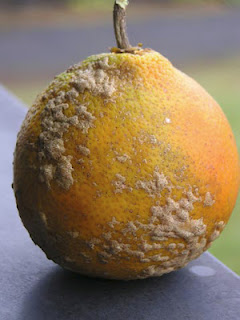How to control toads and frogs in the garden?
Having
found no control manual for toads and frogs, the common sense approach is to
change the habitat to make it unfriendly for them. This will include
eliminating water sources for their reproduction and moist areas for them to
hide – almost an impossibility in areas of heavy rain! But eliminating piles of
yard rubbish and trimming back thick ground cover will help. Various types of
barrier-fences can be erected either around the property or just around certain
desired areas. Since toads and frogs eat insects, controlling the bugs would
also be a way of discouraging their presence, again not practical for backyards
in Hawaii. But eliminating any outdoor lighting, which attracts many insects,
should help.
For clarity, all toads are members of the family Bufonidae, which falls under the order of Anura, commonly called frogs. Therefore, all toads are frogs but not all frogs are toads.
Toads
tend to have a thicker skin allowing them to live away from water longer than
most frogs. A toad’s skin is often covered with bumps and glands. The
similarities are that frogs and toads both reproduce and develop in water, both
‘sing’ and are both carnivorous.
Of note, when the bufo toad is attacked, its defense is to exude a milky fluid known as ‘bufotoxin’. This poison protects it from some predators but not all. Most snakes and birds seem to be unaffected. Humans need to be careful since the toxin may cause skin irritation and possibly worse, but there are no reports of human fatalities. Unfortunately the toxin can be fatal to small animals such as cats and dogs. Thus ridding the yard of bufo toads is a protection for your pet.
Pictures from Forest and Kim Starr: Bufo marinus, The Cane Toad




